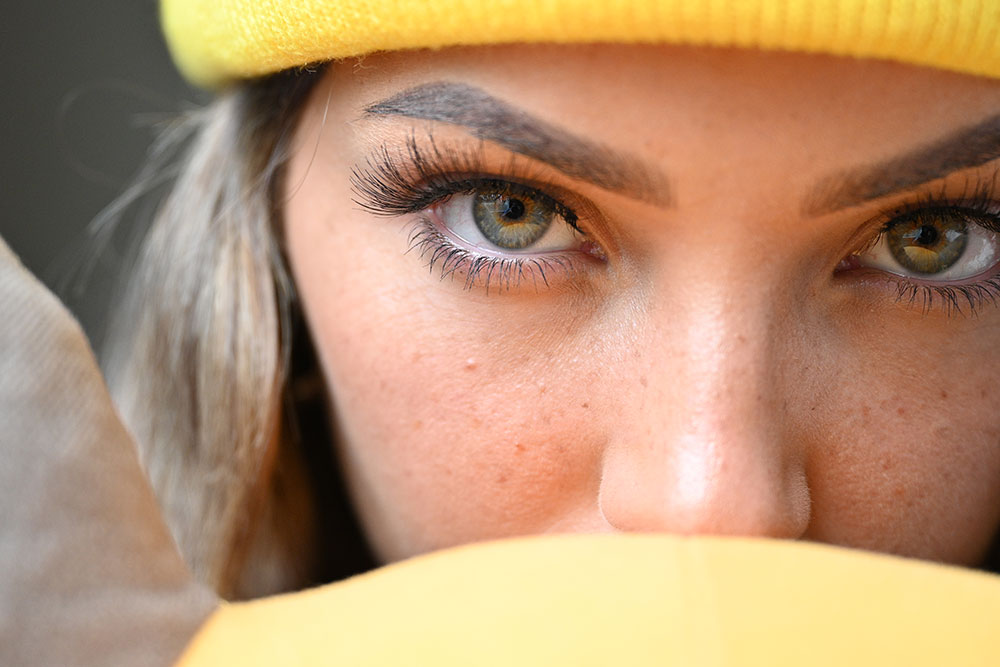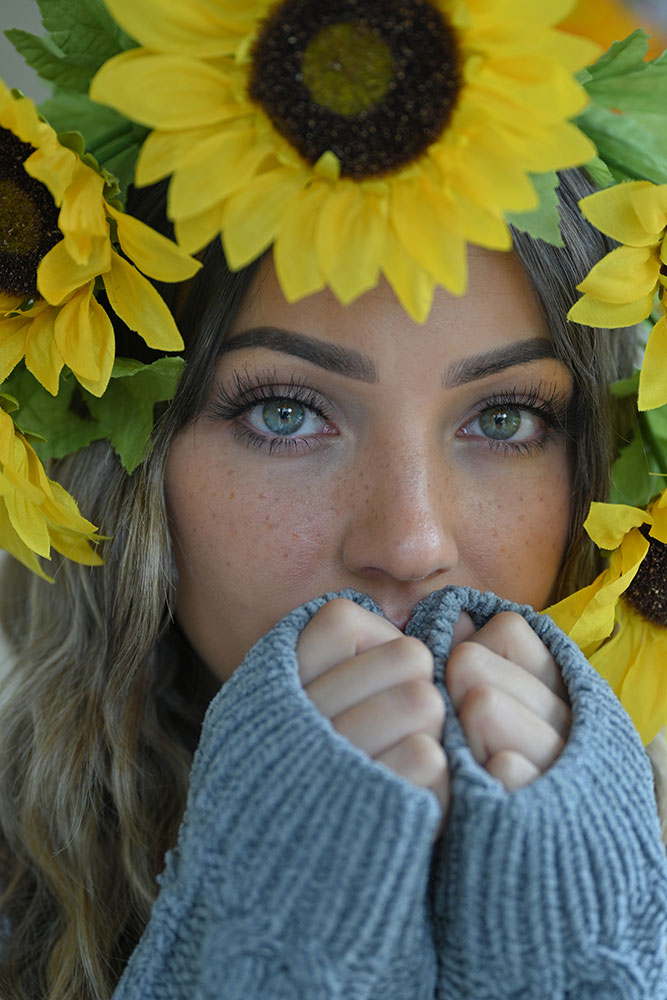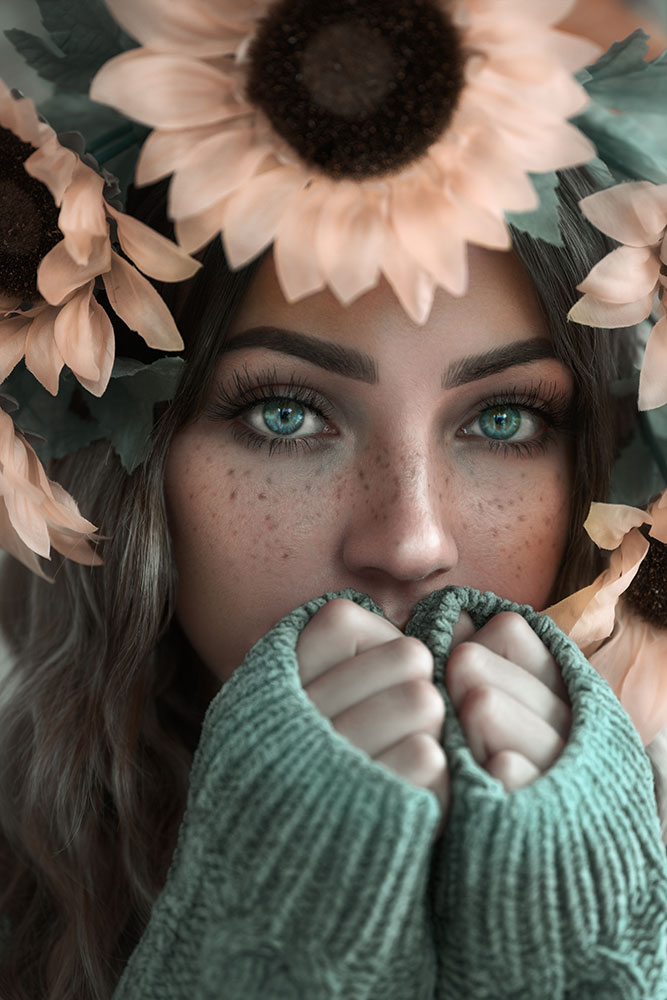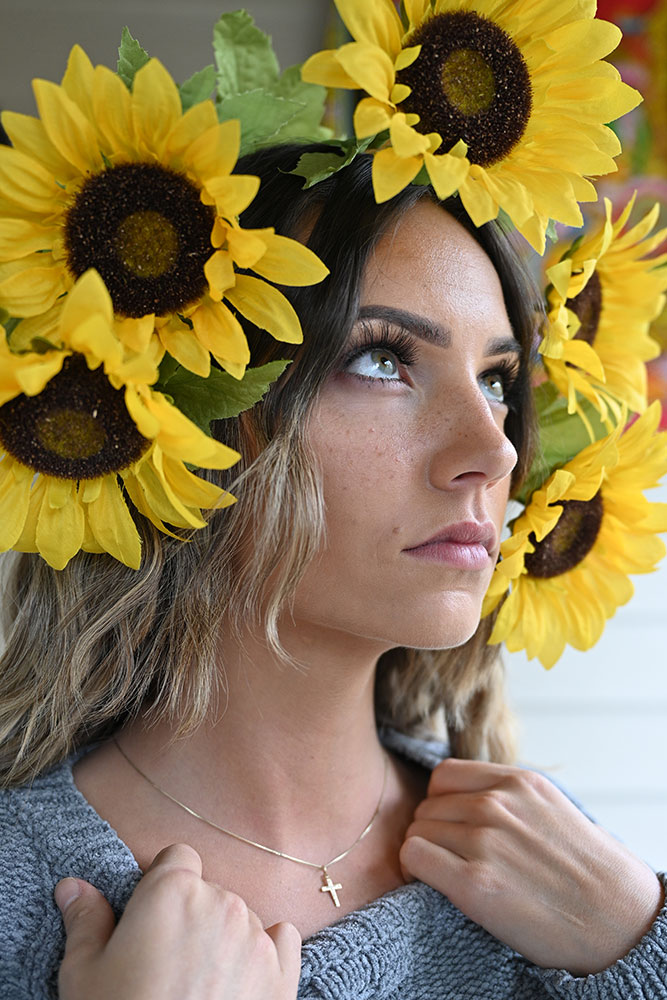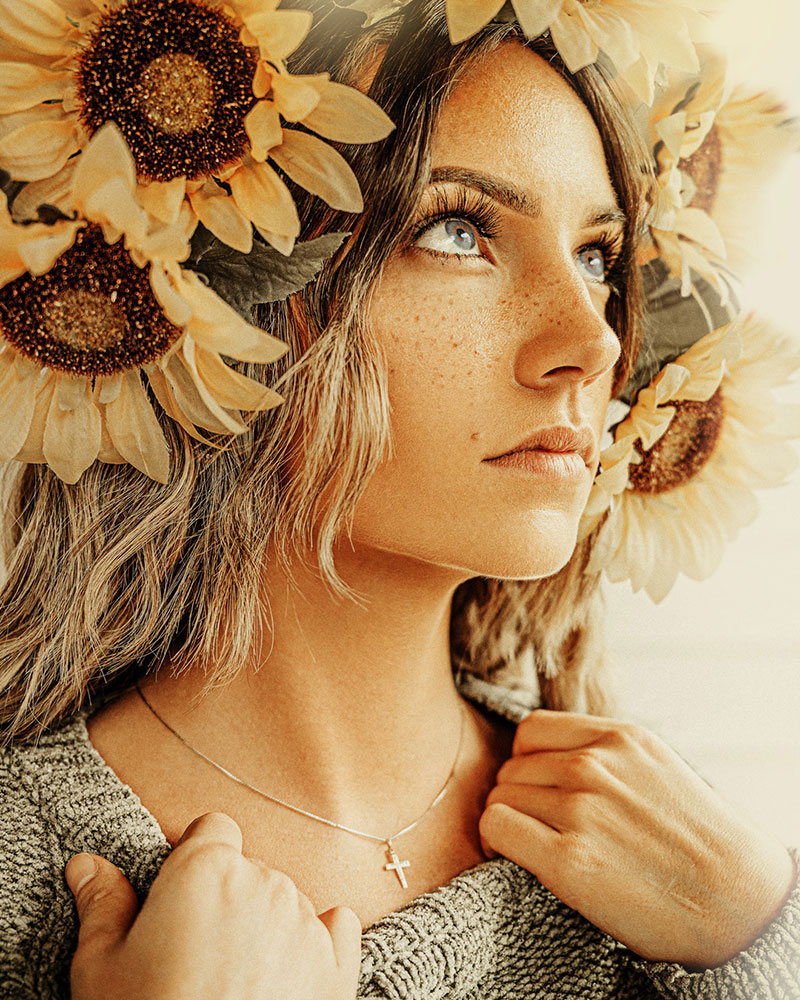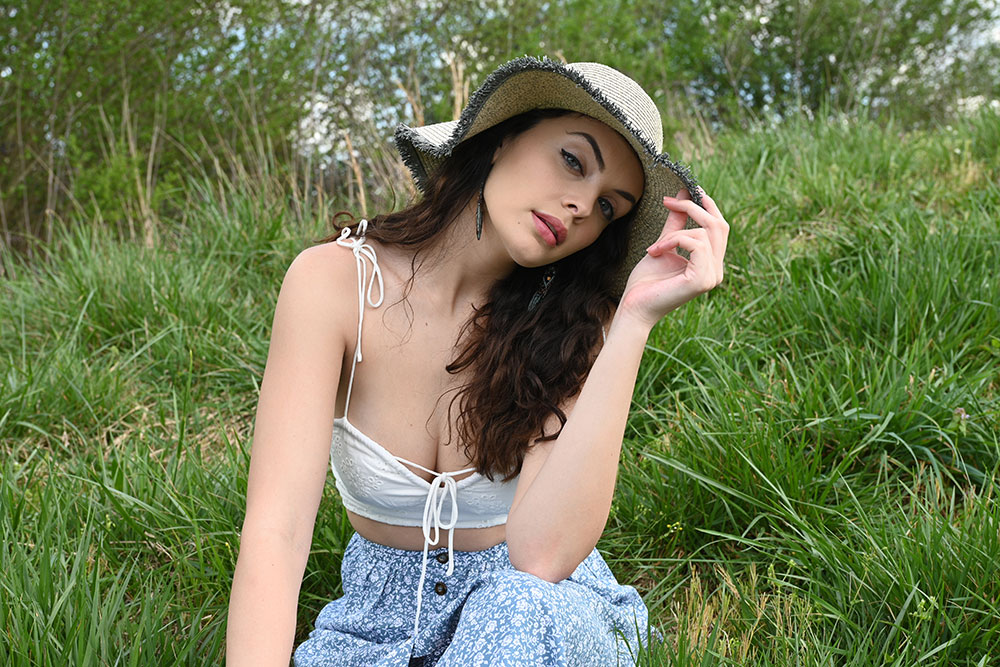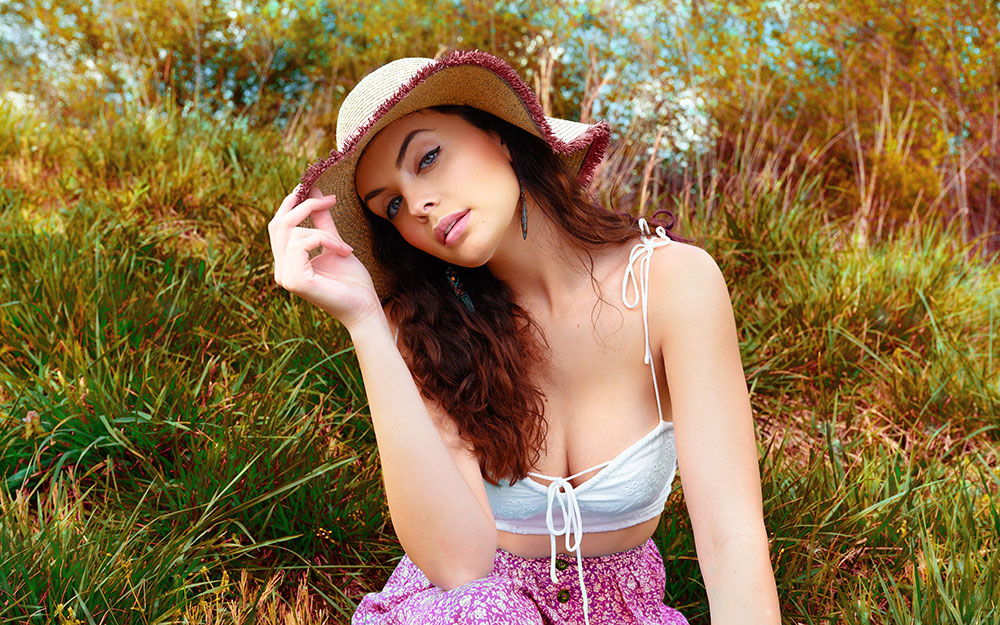After a life-altering injury during a game of rugby, Gilbert Kolosieke taught himself Photoshop. Not having a camera, he found photographers on Instagram who regularly hosted editing contests by uploading photos for others to edit. And he began to watch live streamed editing sessions by these photographers too.
“I began using photographs from these Free for All (FFA) editing contests to teach myself photoshop. They served as my underlying sketch, but instead of inking and painting them traditionally, I would embellish them with different tricks and filters I found on Instagram.”
Gilbert then taught himself how to shoot manually with a borrowed camera by watching YouTube videos. One thing lead to another, advancing him from newbie to a career as a photographer and editor.
“I kept adding kindling to the fire of the network of relationships I made everywhere I went, and never took my foot off the pedal learning and loving my evolution as an artist.”
Piecing it all together
“At this point, I can replace limbs, reconstruct faces, or composite additional elements or use parts of other photographs to create what I envisioned. In order of importance for aspects in which I judge a photo, being in focus makes it usable, lighting differentiates a mediocre photo from a professional one, and the facial expression seals the deal. When all those are met, it's a matter of what speaks to me at the moment.”
"The techniques I've developed to make particular changes to shape, value, color, and texture using light and layers in photoshop are simply entities in the arsenal, but workflow is drastically different for each piece. "
Gilbert makes it a point to keep in mind the model who’s image he’s working on while editing an image.
“I make a mental note of color palettes that appeal to the model, and listen to music that fits the mood from songs they find beautiful and allow that [to] dominate the direction of art.”
On the other hand, if a client is only looking for a “clean picture,” he’ll follow an extremely simplified workflow to match their needs.
Favorite tools. Favorite images.
My favorite tool is the healing brush. It allows you to repair imperfections using pixels from another part of the picture. It's a smart tool that can be used to effortlessly make distracting fly always disappear, blemishes vanish as you play digital dermatologist, and can be extremely useful while painting digitally.
To Gilbert, choosing a favorite image is not easy, as he explains that everything holds more value than simply what meets the eye. When pressed though, he explains that the sunflower edit of Sylina means a lot to him.
“It was the last photoshoot before lock down. The image resonated with the hearts of so many people in need of brighter days, and as the most edited image in the largest international editing contest ever held with a total of over 11K entries for the #Nikonffa, it was concrete evidence of all the hard work I poured into my first year of photography."
“Over time I have begun to refine my taste for what is considered professional, attempting to earn respect from photographers and digital artists as I find my niche in between two worlds of standards using everything I've learned about storytelling through beauty.”
Approach to editing
Editing is as important as the photography to Gilbert. Choosing his favorite parts from each file, he merges them together as the start to an edit. “I never know what I'm going to make. I tend to let the art evolve on its own until I've outdone myself.”
“For most clients I always have to dial back my work. Shock and surprise tend to be the norm for model’s reactions. They usually don't remember taking that photo or have no idea how I made whatever it is they’re staring at. Others seek me out just to be a part of the art and give me full creative freedom to do whatever it is that I do."
Advice to others
You don't need an expensive tablet to do high quality work. You can even use your computer’s mouse to edit with. Gilbert says 90% of his work is created with a mouse.
“Enjoy the journey and be proud of the little victories along the way... Learn the software and in time as your eye trains itself, what once took you weeks or hours will be minutes. There are a lot of resources out there to help teach you, but you have to be willing to make time to put the skills into practice.”
“Life as a photographer/editor can often be extremely lonely although social media portrays a picture-perfect life. Learn from each encounter and client. Respect is everything, the world is a small place. Never burn a bridge. Stay humble. If you are in photography for the girls, you would be better off spending your time, money, efforts, and energy into doing what you're supposed to be doing in life.“
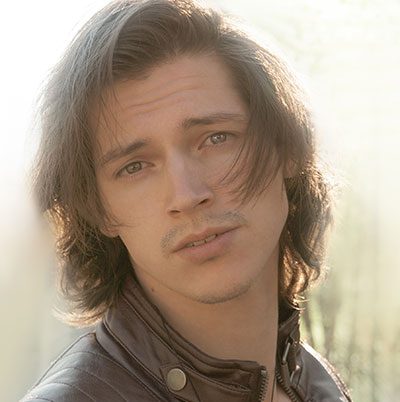
Gilbert Kolosieke says: art allows my heart to tell a story where my words fall short. Heroes, mythology, movies, and faith instilled a sense of wonder and a love for beauty from creation to the Creator by the coupling of reality and fantasy. These interests align like a unique and unrepeatable combination of alleles that define the genetic make up of my identity as an artist. I have an unquenchable flame burning inside me, with the desire to leave behind a fingerprint of my identity in every piece I create. Perhaps, one day, I will inspire others to leave their mark as well. Artists who influence me: William-Adolphe Bouguereau, Dali, ARTGERM, @parkjinsuky Photographers who influence me: @abelinsane, @3rdeyevisionx, @dylanbolivar.
See more of Gilbert’s work on Instagram: www.instagram.com/gilbertkolopsyche

